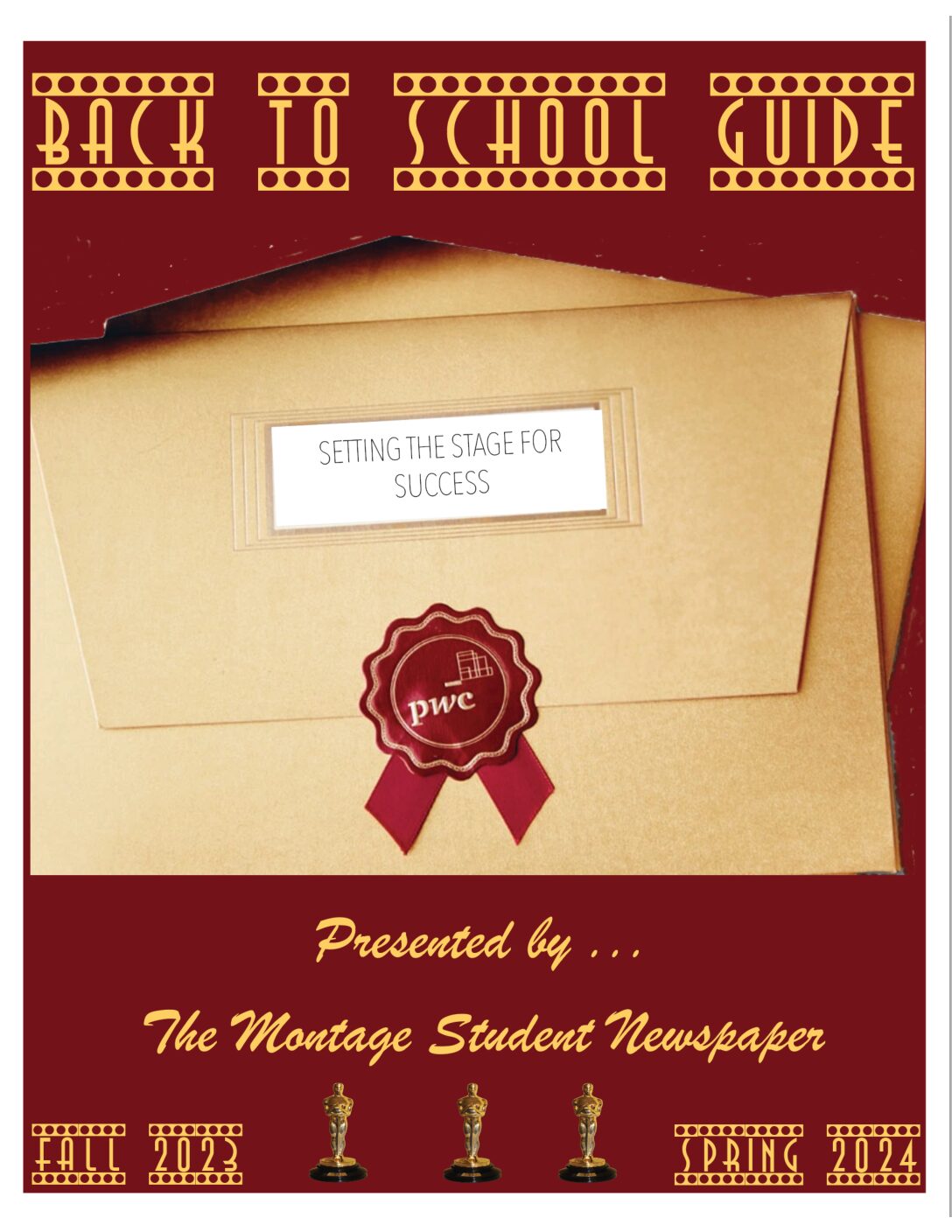Classes designed to prepare students to live, learn and work productively

Steven Duncan
– Staff Writer –
Cornerstone (IDS 101) and Capstone (IDS 201) courses are two required and essential building blocks of STLCC’s 42 credit-hour General Studies curriculum. The curriculum begins with a Cornerstone, which introduces students to college study, and culminates with the Capstone.
These Interdisciplinary Studies Courses (IDS), classes which involve two or more academic disciplines, are designed so students draw from multiple perspectives to learn critical thinking and problem solving skills useful in a broader context of life and experience than those skills learned in more specialized coursework.
“The idea or concept of the [IDS] courses is to approach material from a values-based perspective,” Todd Rohman, Ph.D. assistant professor of English at STLCC-Meramec and instructor of IDS 101 Perspectives on Food, said, which is one of about 12 IDS 101 offerings for the fall 2011 semester.
“What do we mean when we talk about a values based course?” Rohman said. “The more I thought about it, I thought. ‘Well, the way we participate in food culture and the way we engage in the choices we make…’ we make all of our choices in that realm based on some set of values that we bring to the table.”
So Rohman developed the Perspectives on Food Cornerstone so he and students could explore the complex food system from multiple points of view; personal, economic, sociopolitical, scientific and so on. “‘Where does my food come from?’ seems like a question no one is asking anymore,” Rohman said.
The individual perspectives of students vary as widely as the IDS course offerings.
Rohman said his class draws from a diverse set of moral perspectives; ‘self-proclaimed fast food addicts,’ hunters, vegetarians, vegans and all manner of cultural or religious perspectives.
“Students can bring a lot of their own interests to the course and have it reflected in relevant ways,” Rohman said.
In class, students will read from and analyze passages of Eric Schlosser’s book, “Fast Food Nation” and Michael Pollan’s, “Omnivore’s Dilema,” as well as discuss current, local events and reflect on personal experiences.
“One of the earliest writings I do in the course is a memory-based writing,” Rohman said. “I just have students reflect on a memory that they have strongly associated in some way with food… It gets the conversation growing in a pretty interesting way.”
Other IDS 101 course topics students may explore are immigration’s effect on America, the study and exploration of the creation of urban legends, the effects computer hackers have on society, the study of creativity or planning an American revolution in the 21st century, to name a few, each serving as an introduction to what college-level work is.
At the other end of the general education curriculum is the Capstone, a writing intensive course. This point in the curriculum intellectually prepares students for the level of higher-order thinking required to analyze and synthesize information from multiple sources and disciplines.
“A capstone tries to get a group of students who have diverse educational experiences to all think about some common issues and to each contribute their own insight and to each grow a little bit,” Ph.D. Michael Fuller, STLCC-Meramec professor of anthropology, said. “And then finally have a point where it’s all drawn together on their educational experience so there’s no longer a separate art experience or separate accounting experience, or a separate literature experience, or just an unfocused experience.”
Fuller said the class tries to look at the definiton of the history of the man who defined it.
“We start by defining the term [Primal Minds],” Fuller said, “then after looking at the definition and the history of the man that defined it, we try to see where the evidence will support that definition or not… and to see if other scholars have looked on the subject in similar ways or dissimilar ways.”
Throughout the course students will study various tribal cultures by viewing video, listening to lectures or analyzing passages from such literature as Daniel Quinn’s “My Ishmael,” a book with a view on culture from the eyes of a gorilla, Ishmael.
Students will also have access to a database of world cultures called the electronic Human Relations Area File, or eHRAF, through Yale University.
“We do rely upon concepts like the book, “My Ishmael”, but we check that stuff,” Fuller said. “We look at what the actual evidence is to determine whether we’re going to feel comfortable with some of those characterizations or not.”
According to Fuller, he and his students are challenged to think about the philosophy of his or her lives and of the meaning of life, and to think about what the answers are to his or her question.
“And I don’t care what the answer you come to is,” Fuller said. “I want you to work on it and look at it from an academic perspective and a philosophical perspective.”
Capstone course topics, around 10 altogether, include the study of deaf culture and its relationship to music, exploring works of fiction as psychological case studies, the interrelations of gender, race and class or ice’s impact on Earth and civilization, among others.
Whether it’s discussing the reality of the Boogeyman in a Cornerstone course, or how globalization is manifest in visual culture as a Capstone, by starting with a strong foundation and finishing with a Capstone, the general education experience is designed to prepare students to live effectively, learn continuously, and work productively.









